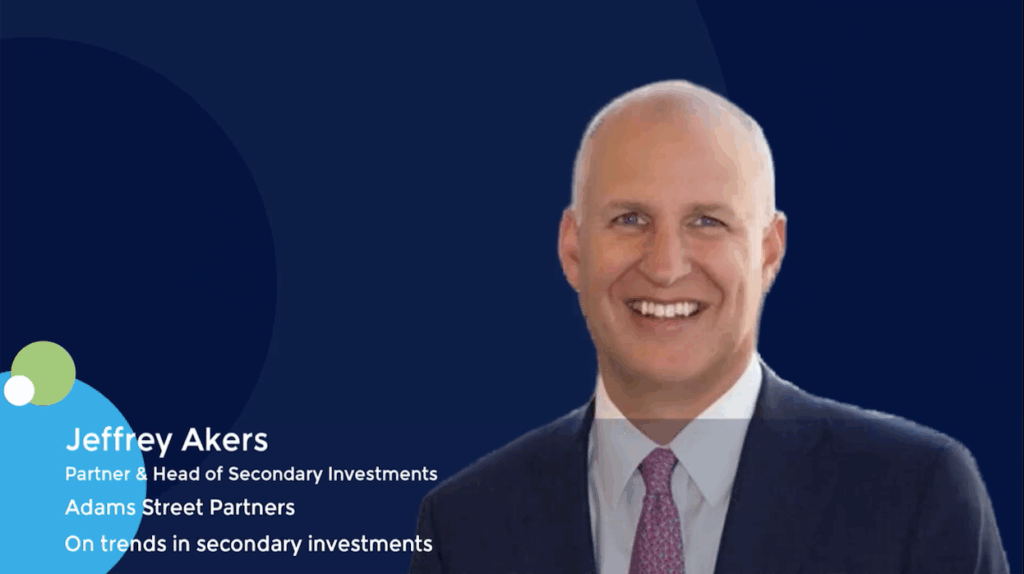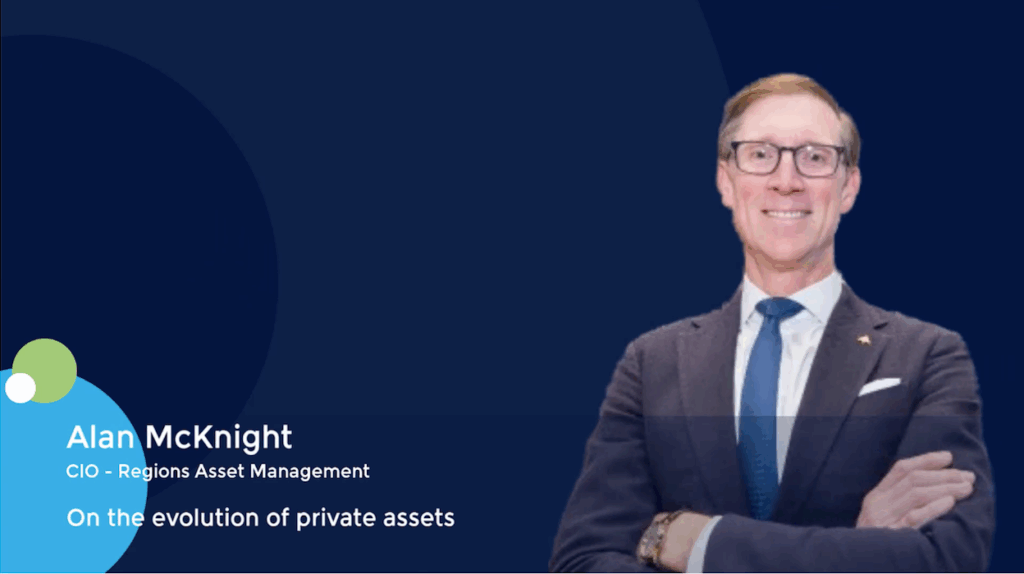PE continuation funds: GP appetite for secondaries faces supply-demand imbalance
- Transaction volumes expected to remain robust, regardless of M&A market health
- New entrants could help alleviate ongoing capital constraint
- Signs of convergence with traditional M&A deal structures emerging as market evolves
Continuation funds are expected to become increasingly prominent as a liquidity option for GPs in the coming years, even as the outlook for private equity exits slowly improves.
Last year was the worst for US financial sponsor exits in nearly a decade, as deal value plunged 50% year-on-year—and 65% from its 2021 peak—to USD 139.9bn, according to Mergermarket data. At the same time, Bain & Company recently estimated that private equity firms globally are sitting on USD 3trn of unrealized value in 28,000 unsold companies.
Against that backdrop, secondaries represent an attractive alternative monetization option. “Today’s environment is a prime opportunity for continuation funds as GPs realize they are a way to provide distributions to LPs while retaining their trophy assets, and quite frankly, it’s probably not the best time to sell,” said Raudul Yanez, a managing director at secondaries investor Kline Hill.
While the outlook remains cloudy, the M&A market appears to be slowly recovering from its lows. In the first quarter, US sponsor exits were up 43% by value, though the deal count was relatively flat. However, this improvement is unlikely to diminish GP appetite for continuation funds, given the scale of liquidity needs and the different asset profiles involved.
“Continuation funds have created a nice liquidity option amid the slowdown in traditional exits, and since they’re not necessarily with the assets that would be considered for normal M&A or IPO exits, we don’t expect one would replace the other,” said Eric Foran, partner at Coller Capital.
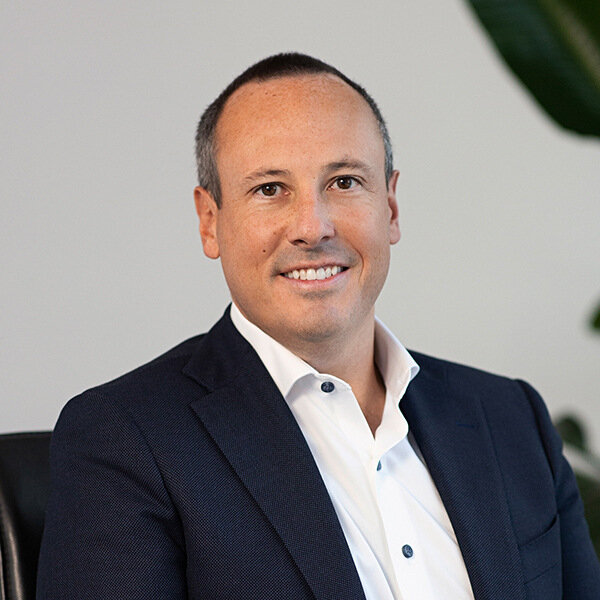 Eric Foran, partner at Coller Capital.
Eric Foran, partner at Coller Capital.
GP-led transactions accounted for USD 24bn out of USD 74bn in global secondaries volume in 2018, according to PJT Park Hill. The advisor projects that volume will rise from USD 115bn to USD 191bn over the next five years, with the GP-led share set to rise from 42% to 53%. Of that USD 101bn contribution in 2028, half is expected to come from single-asset continuation funds, with multi-asset continuation funds and tender processes making up the rest.
The combination of the rapid ascent of GP-led secondaries in recent years and the intensification of liquidity needs has left industry participants fearing a mismatch between supply and demand. Is there enough capital to cover all the deals private equity firms are looking to launch?
“The secondary market has always been capital-constrained,” said Kline Hill’s Yanez. “Last year was a very successful year for secondary fundraising, but when you fast-forward to today, how much dry powder is there really? We think it’s about 14-18 months of deal volume, which is still low. This is even more pronounced on the GP-led side where there is less dedicated capital earmarked for this part of the secondary market.”
Supply-demand imbalance
The general consensus is that global secondaries volume this year will at least match the record of around USD 135bn seen in 2021. Lazard put the 2023 total at USD 109bn, of which 44% was GP-led. It estimated that, as of end-2023, there was around USD 176bn of dry powder in the secondary market. Secondaries fundraising, which came to USD 91bn in 2023, is predicted to reach USD 140bn this year.
Blackstone ensured the year got off to a strong start by announcing a final close of USD 22.2bn on its ninth flagship secondaries fund in January. The firm also raised USD 2.7bn for its inaugural GP-led fund. This followed secondaries specialist Lexington Partners’ closing its tenth fund on USD 22.7bn, while Ardian remains in the market seeking more than USD 20bn for its latest secondaries offering.
“The pools of capital going into secondaries are getting so much bigger,” said Michael Pilson, head of secondaries at Triago.
Still, concerns about a supply-demand imbalance are widespread. “There is a lot of buyside capital, but this is dwarfed by opportunities,” said Isabel Dische, a partner at Ropes & Gray, who mainly represents buyers in GP-led secondaries. “There are new entrants, but the capital mismatch is there despite deal volumes being high.”
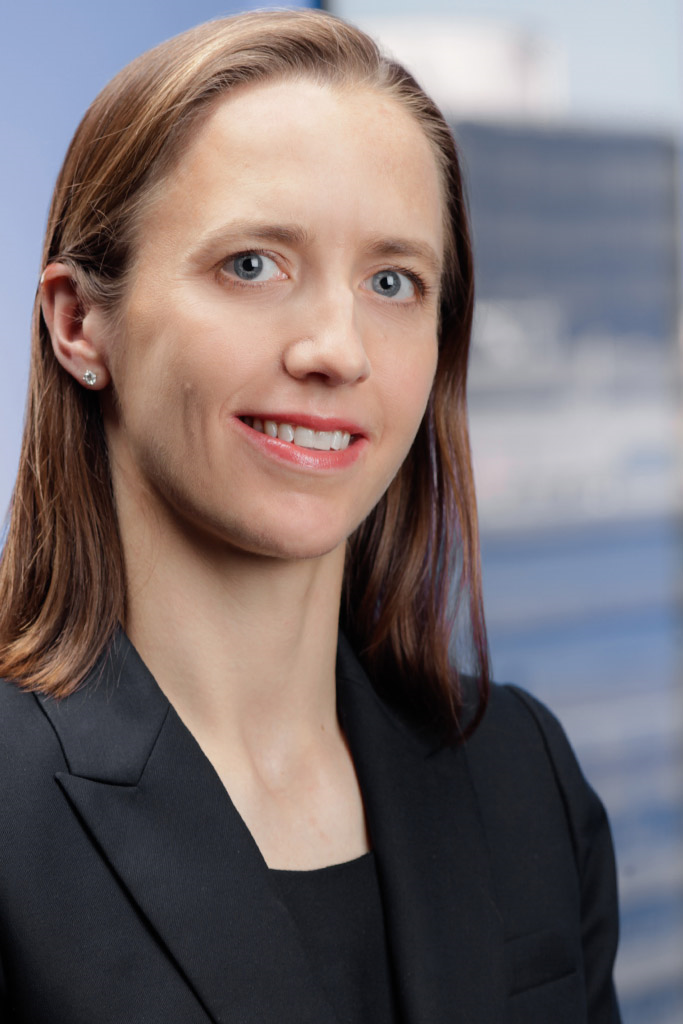 Isabel Dische, partner at Ropes & Gray
Isabel Dische, partner at Ropes & Gray
Advisors estimate the supply of potential secondaries from GPs currently exceeds demand from secondaries buyers by about 3 times, which means buyers can be very selective. Kline Hill focuses on lower middle market and middle market continuation funds of USD 150m-250m to USD 500m in size. Of all the deals it sees each year that fit this profile, it invests in “the single digits.”
Over time, the emergence of new secondary market investors could help alleviate the imbalance. More generalist sponsors are raising funds dedicated to GP-led secondaries. Relatively recent arrivals in the space include Leonard Green and TPG, with one placement agent claiming there are “at least a dozen more sponsors of that caliber,” targeting secondaries.
“Many mega asset managers now view secondaries programs as a key component of their product offerings and to that end are now acquiring or launching secondaries capabilities,” said Ropes & Gray’s Dische. “They’re all thinking about how to do it differently.”
Some sponsors are even participating in deals using capital that doesn’t come from dedicated secondary funds. Accel-KKR recently backed continuation funds for two Germany-based assets managed by LEA Partners, Zvoove and OneQrew, drawing on balance sheet capital and other pooled vehicles, according to a source close to the situation. It not only suggests increased comfort with the structure but also points to a future in which sector specialists – Accel-KKR focuses on software – bring domain expertise into the secondaries universe. Accel-KKR declined to comment.
Evolving landscape
Certain private equity firms could be described as products of continuation funds, which offers some context as to how far the market has come in the last decade.
One Equity Partners (OEP), for example, spun out from JPMorgan in 2014 in the wake of the Dodd-Frank regulations that forced banks to limit their balance sheet exposure to private equity. Lexington and AlpInvest Partners backed an early version of a multi-asset continuation fund that enabled OEP to take out JPMorgan’s 50% interest in its existing portfolio.
Spinouts aside, these GP restructurings were widely regarded as a last-resort liquidity option.
“For LPs there is way more acceptance of using secondaries to manage portfolios,” said David Lippin, OEP’s head of investor relations. “There used to be a stigma but now it is a normal way to trim exposure.”
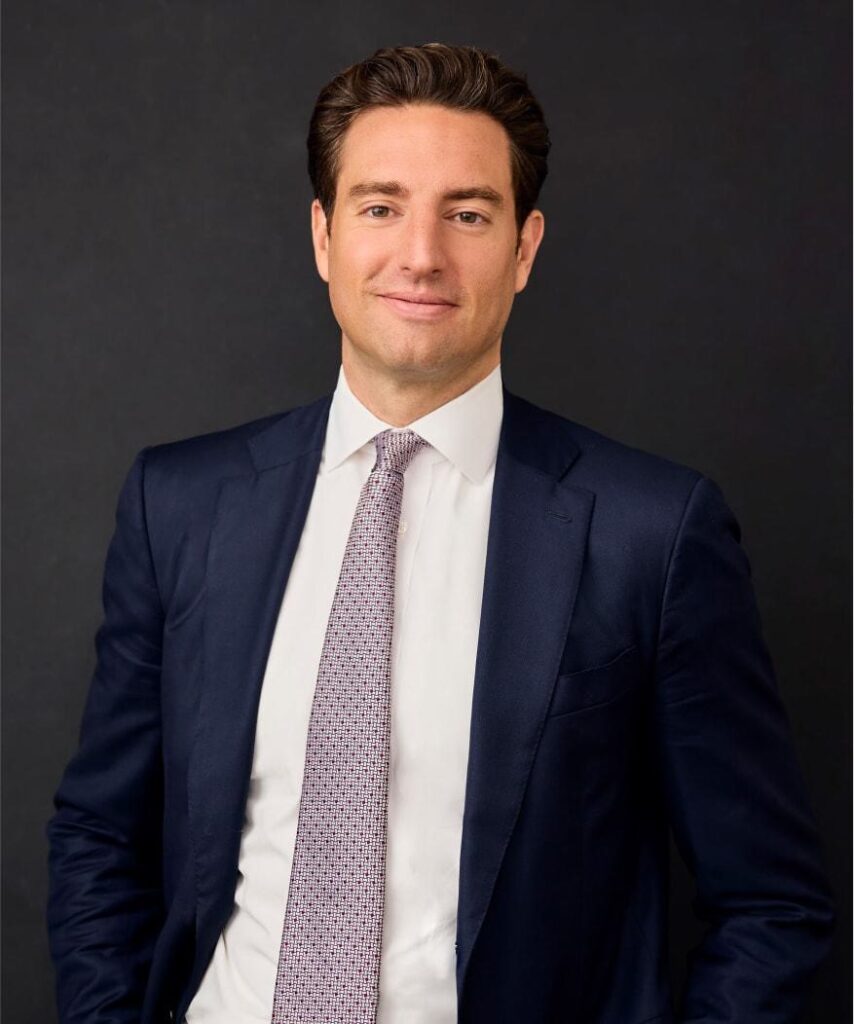 David Lippin, One Equity Partners’ head of investor relations.
David Lippin, One Equity Partners’ head of investor relations.
Last year, the New York City-based sponsor launched a USD 1bn continuation fund for two European assets in its sixth fund. Prospective buyers had expressed interest in one of the assets, Italian earthmoving machinery parts supplier USCO, but OEP and the company founder felt there was further growth to come by continuing their partnership.
“It made sense to consider the continuation fund option,” said Lippin. “Ideally these are trophy assets that have performed well, but still have room to grow.”
In a capital-constrained environment, secondary investors have their pick of such trophy assets. It is incumbent on GPs to position continuation funds properly – not just selecting strong companies, but also ensuring good governance and alignment of interest – to get traction.
Rolling over carried interest generated by the continuation fund transaction is the most common example of this. Paul Cohn, partner at Tail End Capital, which focuses on lower middle market opportunities, said his firm always asks GPs to roll 100% of any crystallized carry and encourages them to make incremental investments in the continuation fund.
Kline Hill’s Yanez added: “If it’s truly a trophy asset that GPs want to hold onto, we ask them to double down economically to be very aligned with the secondary buyers. Continuation funds that stand out are the ones that have outsized GP commitments or cross-fund investments.”
Cross-fund investments involve the GP committing new capital to the continuation fund from its latest flagship fund, usually at the same valuation as the secondary buyers, he explained.
The new dual track?
When deciding whether to launch continuation funds, private equity firms are supposed to act in the best interests of LPs – sometimes a traditional exit is available and more appealing – and there is usually a lot of consultation at the LP advisory committee level.
Existing investors can choose to roll over into the continuation fund or cash out, but they are often asked to respond quickly and there are inevitably concerns about acting on incomplete information. These are exacerbated by the GP being on both sides of the transaction, potentially receiving some carried interest from the sale and then collecting fees on the continuation fund.
The Institutional Limited Partners Association (ILPA) published guidelines last year intended to smoothen processes, and these include obtaining a fairness opinion on the transaction’s valuation. Lawyers claim that the combination of standardization and familiarity has seen tensions between GPs and LPs diminish.
“Since the GP is on both sides, there will always be a healthy dose of skepticism,” said Fadi Samman, a partner at Akin. “As LPs have gotten smarter, they’ve pushed GPs to have better governance.”
Parts of the process are not dissimilar to traditional M&A. Private equity firms hire advisors to set up data rooms, prepare materials, and contact buyers. Pricing is negotiated with lead investors and much of the remaining capital is accumulated through syndication. In the US, it could be done within six months.
“It’s a very competitive process,” said one middle market manager who completed a continuation fund last year. “We reached out to tens of potential investors for price discovery and a whole swathe of others once fair market value had been discovered and pricing had been set.”
Bankers point to a long list of sponsors that have tried and failed to launch continuation funds in an over-crowded market. Often these misfires result from GPs turning to continuation funds as a last resort when trade sale and IPO options do not materialize.
“It’s really story-specific,” said one banker. “You don’t want to have a failed sell-side process and then put it into a continuation fund. That’s not going to fly.”
Increasingly, though, continuation funds are part of broader exit discussions, adding another leg to dual-track processes. “Dual track used to mean pursuing an M&A deal and an IPO simultaneously,” said OEP’s Lippin. “Now, it means, ‘We will do a traditional sale process and a transaction involving a continuation fund.’ As a result, every bank on the Street has hired secondaries teams.”
Executing a dual-track sale plus a continuation fund process is “difficult but not impossible,” the middle market manager added. One issue is that the timelines are different, and pursuing both options concurrently can cause mixed messaging in the market. There may also be legal considerations around debt financing and transaction costs.
“If a manager raises a continuation fund, there are no pre-payments, no penalties for change of control with respect to the debt of the portfolio company, but if they sell the company via regular way M&A, the debt may mature early, there could be substantial fees and pre-payments and transaction costs,” said Matt Goldstein, a private funds partner at Paul Weiss.
“Further, in regular way M&A, the buyer would need to raise new debt and ask debtholders to roll. These contingencies are eliminated when doing a continuation fund transaction when you just need approval from LPs in a private setting, increasing the certainty of transaction execution.”
According to Mergermarket auctions data, three North American assets sold to continuation funds since the start of 2023 were previously reported to have considered sale processes.
In February 2021, Aterian Investment Partners mandated Baird to launch a sale process for Vander-Bend Manufacturing, a contract manufacturer of medical and industrial equipment, Mergermarket reported. A sale never materialized. In September 2023, Aterian said it had raised a USD 460m continuation fund for the asset supported by JPMorgan Global Alternatives, Hollyport Capital, and Blackstone.
Meanwhile, GenNx360 Capital Partners explored a sale of Precision Aviation Group (PAG), a maintenance, repair, and overhaul (MRO) company that serves the aviation sector, with Harris Williams, in December 2021, according to a Mergermarket report. Two years later, it announced that a USD 400m continuation fund – backed by Blackstone and Neuberger Berman – would help PAG pursue organic growth and M&A.
In another example, in March 2022, Mergermarket reported that Speyside Equity-backed Opta Group, a supplier of materials for the steel, infrastructure, and specialty chemical industries, was working with Houlihan Lokey to explore a sale. In August 2023, Speyside announced a continuation fund to support the future growth of the Amherst, New York-based company, backed by Elliott.
Convergence
As the market matures, greater convergence between M&A and secondaries is expected. Moreover, a marriage of continuation funds and M&A technology is emerging in deal structures. GP-led single asset deals are starting to borrow elements typically seen in buyout transactions, such as earn-backs and preferred securities, said Tail End’s Cohn.
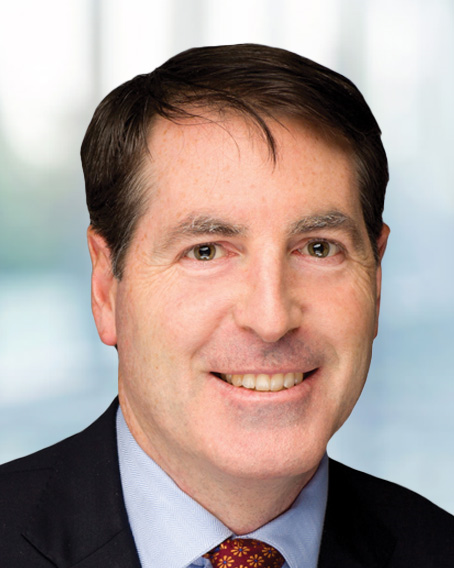 Paul Van Houten, co-head of Ropes & Gray’s sponsors solutions group.
Paul Van Houten, co-head of Ropes & Gray’s sponsors solutions group.
Industry participants link these developments to more mainstream private equity sponsors entering the fray as buyers, and they expect the innovation to continue.
Paul Van Houten, co-head of Ropes & Gray’s sponsors solutions group, noted that structuring a GP-led secondary in conjunction with third-party transactions – such as co-investments – or with features that more closely resemble third-party transactions could end the habit of pricing at heavy discounts to net asset value (NAV).
“Until now, one of the reasons pricing has been at a discount to NAV is that the buyers are investing on the basis that these are passive investments with no control,” Van Houten explained. “ However, we are now seeing traditional private equity sponsors looking at continuation vehicles to get access to attractive assets. This new dynamic may change pricing.”
Join us at Mergermarket Private Equity Forum in New York in April 30th






